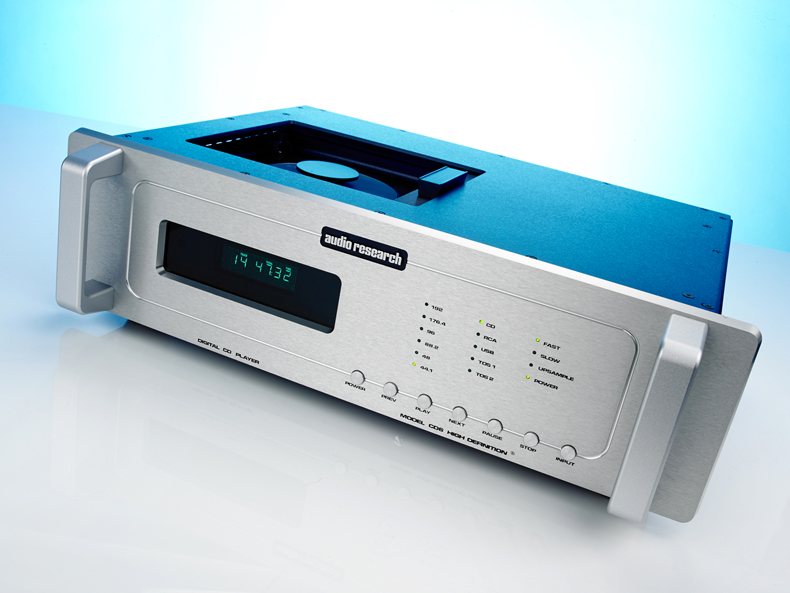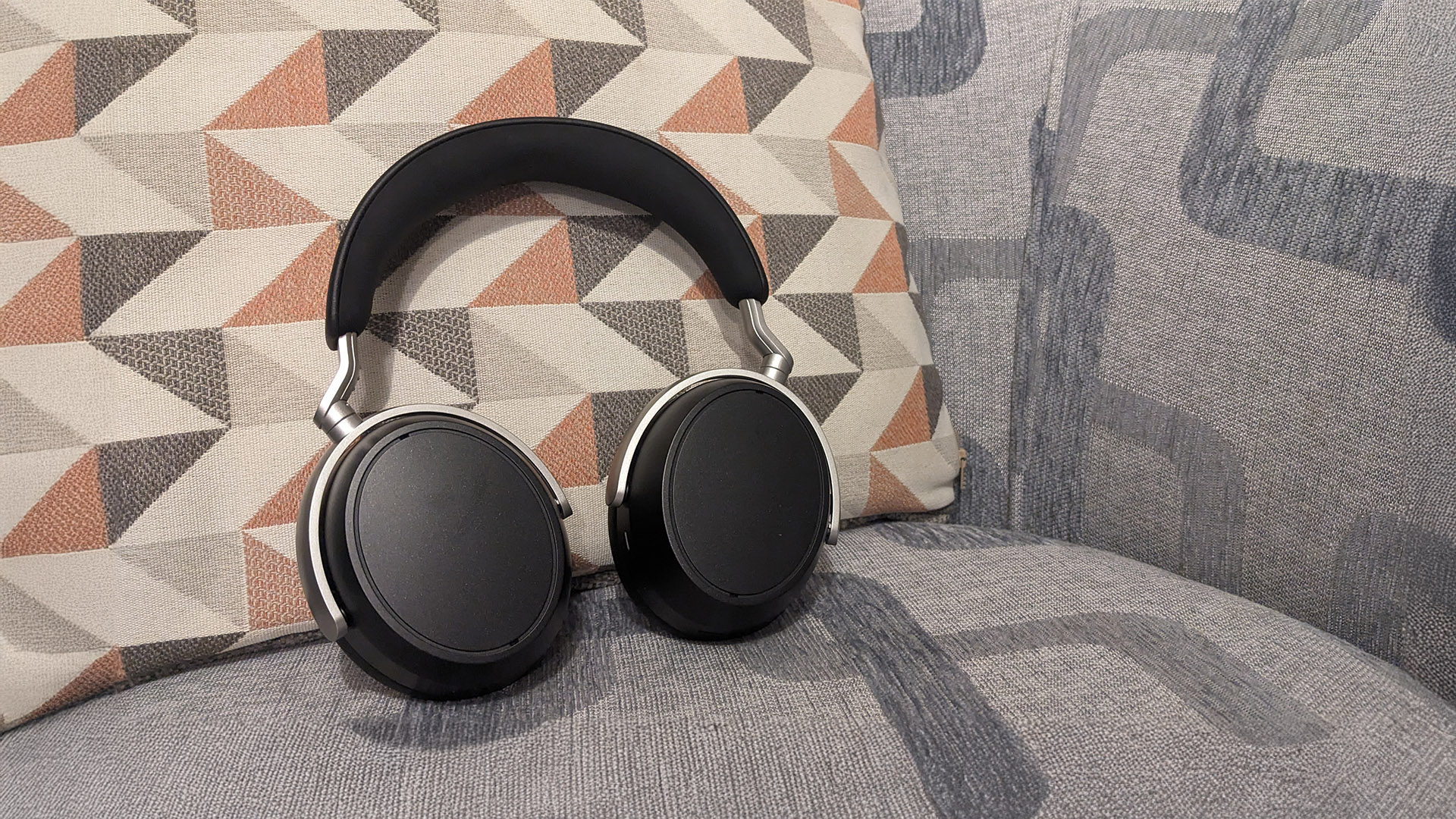What Hi-Fi? Verdict
If you’re looking for a top-class CD player this could well be it
Pros
- +
Wonderful midrange
- +
Huge scale
- +
Strong dynamics
- +
Excellent as a stand-alone DAC
- +
Build
Cons
- -
Aspects of finish could be smarter
- -
Remote should be classier
Why you can trust What Hi-Fi?
Two things strike us when unpacking Audio Research’s CD6.
First off, we’re surprised that a company so synonymous with valves (even in its digital products) hasn’t used them here. You have to take a jump up to the even more ambitious CD9 for that.
Next, spotting the digital inputs has us pondering the future of dedicated high-end CD players. There aren’t many left that don’t cater for other digital sources.
It makes perfect sense, of course, and gives a machine like the CD6 life after the silver disc is marginalised. Anyone familiar with the brand will find few other surprises here.
Audio Research is part of the high-end establishment, and its enviable reputation has been built on products that perform well and prioritise function over luxury.
After more than 40 years of success, the company is unlikely to change its ways now. The CD6 is an extension of that.
Design
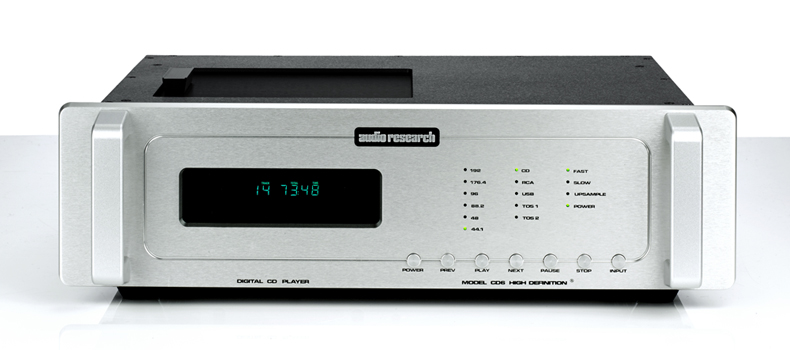
Build is sturdy – it feels like it will last decades. This is helped by a no-nonsense hard-wearing finish. Yet we’re not totally convinced.
The latest hi-fi, home cinema and tech news, reviews, buying advice and deals, direct to your inbox.
We can accept exposed bolts littered over the player’s casework as symbols of Audio Research’s ‘working tool’ rather than ‘luxury trinket’ approach, but why can’t they all be the same type?
We counted three different varieties on view and that makes the player look a little home-made.
We’re also amused by the company’s need to write ‘Digital CD Player’ on the front panel as if there was any other variety.
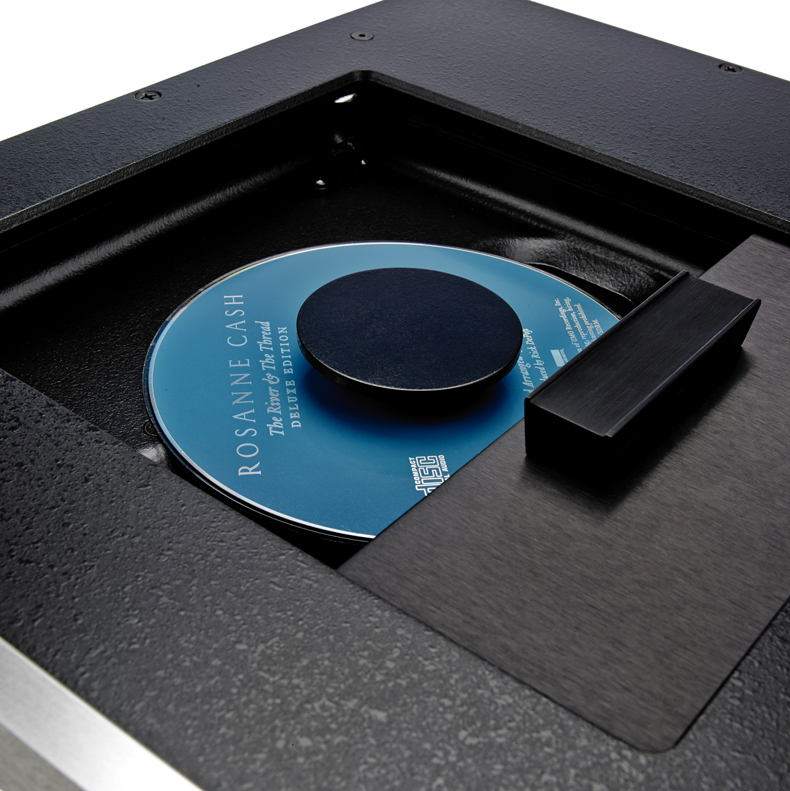
Slide the manual CD lid on the top panel and you find Philips’s well-regarded Pro2 disc transport.
Don’t be tempted to poke the exposed laser – it’s fragile – and don’t forget to put the magnetic puck in place when loading a disc, otherwise the player won’t work.
The CD6’s front-panel buttons are simply laid out, but not particularly logical in positioning. We end up checking the labelling every time, rather than using them intuitively.
Using the CD6 for a couple of weeks didn’t help with this, either. We use the remote more often than is normal instead. This is a metal handset now, rather than the basic plastic design the company has used for years.
It’s simply laid out, but there’s little flair in the design.
Connections
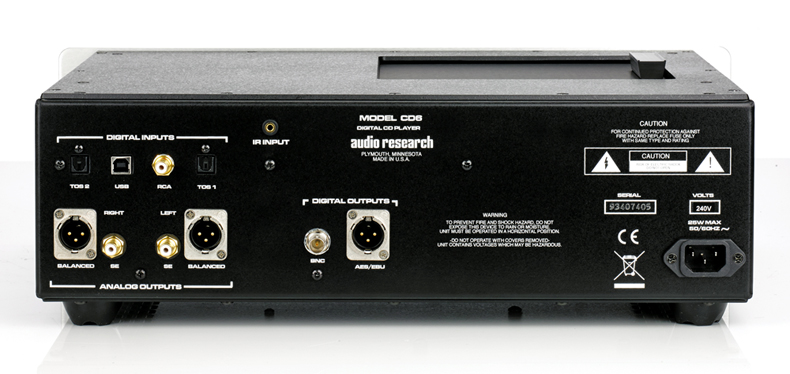
At the back you will find four digital inputs – a single USB, a coaxial and a pair of opticals.
All the inputs will accept a 24-bit/192kHz input signal. You’ll need to use dedicated software drivers for the USB, but these are simple enough to load.
There’s a pair of digital outputs – AES/EBU and BNC coax – for those with an even more capable DAC, or who want to do a bit of outboard digital processing.
There’s also the usual array of single-ended and balanced analogue connections.
The CD6 builds on the experience of designing even more ambitious digital products, such as the CD9 and Reference DAC and - just like those - the CD6 uses four 24-bit DACs per channel and dual master oscillators: one to govern 44.1/88.2/176.4kHz sampling rates and the other for 48/96/192kHz.
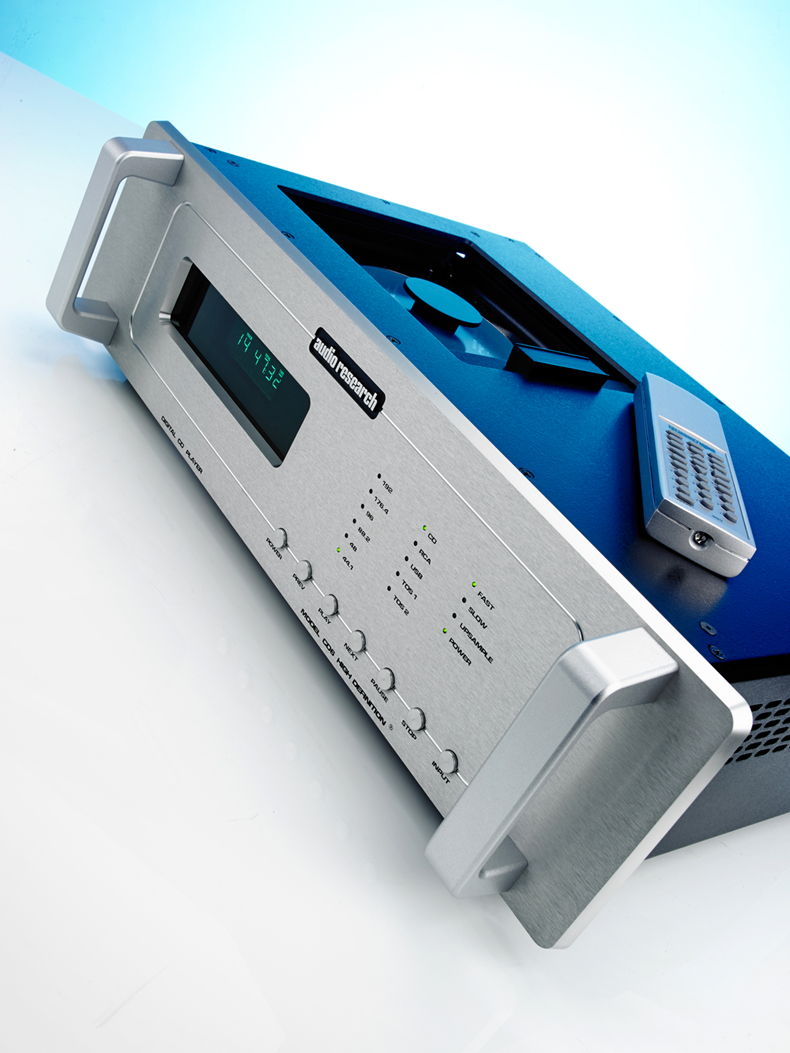
This helps give the most accurate digital timing, leading to better sound quality.
The CD6 offers a choice of filter options - as is the fashion - but thankfully it’s limited to just two: slow and fast (though if you like to tweak, you will be pleased that the user can force the unit to up-sample the source signal).
If you’re using CD, coaxial or optical, this will be to 176.4 or 192kHz (depending on which one is the multiple of the original source signal). USB signals are limited to either 88.2kHz or 96kHz.
We prefer the ‘slow filter’ in our reference system of Bryston BP26/4BSST2 amplification and ATC SCM 50 speakers, and keep the up-sampling off. It sounds right with this set-up, but you may find different depending on your tastes and system.
Performance
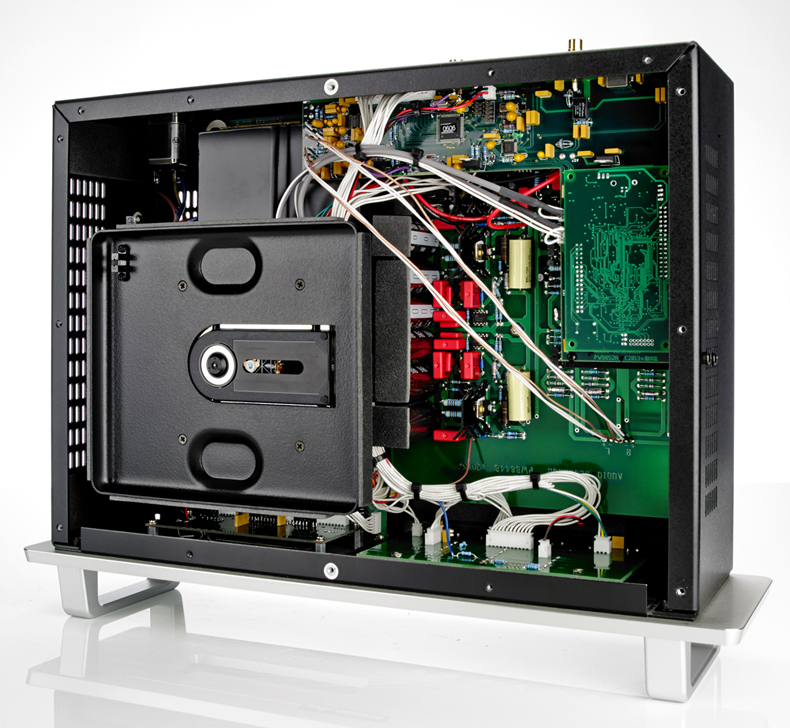
We play a compact disc and the CD6 casts its spell right away. It delivers a convincingly natural presentation that brims with insight and subtleties.
We play Tchaikovsky’s Romeo and Juliet and the CD6’s insight and dynamic reach sweep us away. It renders a wonderfully expansive sound stage, with sharply focused instruments, and a lovely impression of physical depth.
The sound is hugely detailed, with the richness and texture of instruments coming through.
There’s an impressive sense of scale when the music demands, and the sort of wide-ranging dynamic swing that only the very best equipment manages.
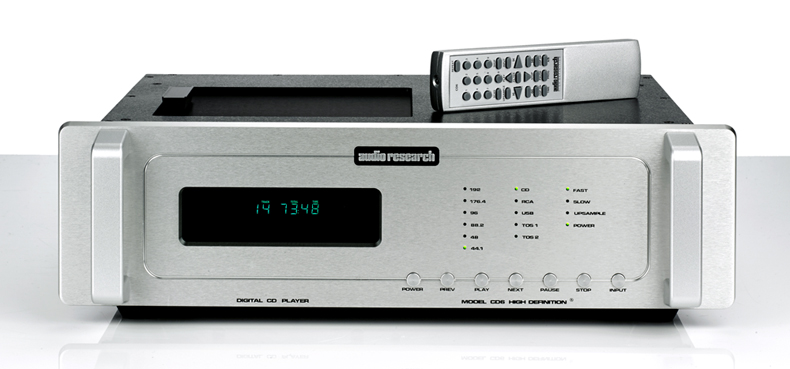
There’s plenty of composure too, with the Audio Research never sounding rushed or stretched even when the music gets demanding.
We like the even-handed tonality too, the way no particular instrument gains priority unless the music demands it. Very little hi-fi can actually get its own sonic signature out of the way and let the original recording take centre stage.
This Audio Research CD player is one of the few that can, such is its transparency.
We move on to Nick Cave’s Into My Arms and enjoy the way this player delivers his distinctively coarse vocals. There’s everything here we would want: natural warmth and solidity with fluid low-level dynamics.
The CD6 delivers a masterclass, rendering the piano’s harmonics in beautiful layers. We try the CD6’s digital inputs and are equally impressed.
The pleasing standard set by CD replay continues with high-resolution files from The Rolling Stones (Gimme Shelter 24-bit/88.2kHz) and Michael Jackson (Billie Jean 24-bit/176.4kHz) delivered with all the energy they deserve.
Despite its innate refinement, the CD6 doesn’t hold back when it comes to thumping out beats or delivering aggression. Rarely have we heard such all-round excellence.
Verdict
If you’re looking for a top-class integrated CD player, the CD6 is as good a place to start as any.
It’s one of the best sounding we’ve heard at this price, and for those who need futureproofing (and let’s face it, few of us don’t), easy access to its excellent on-board DAC makes it a really useful product in any high-end system.
What Hi-Fi?, founded in 1976, is the world's leading independent guide to buying and owning hi-fi and home entertainment products. Our comprehensive tests help you buy the very best for your money, with our advice sections giving you step-by-step information on how to get even more from your music and movies. Everything is tested by our dedicated team of in-house reviewers in our custom-built test rooms in London, Reading and Bath. Our coveted five-star rating and Awards are recognised all over the world as the ultimate seal of approval, so you can buy with absolute confidence.
